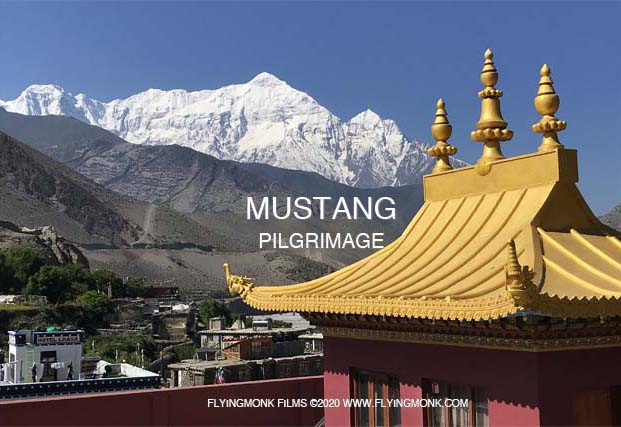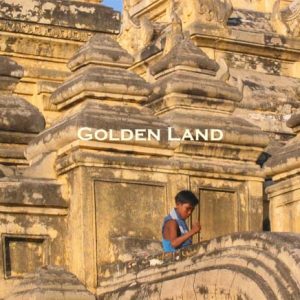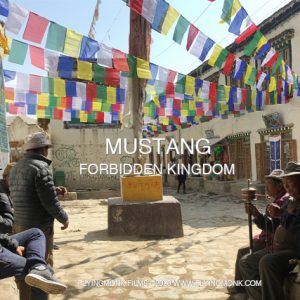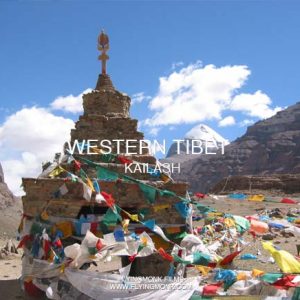Description
Mustang – Pilgrimage
What could a pilgrimage mean in a world connected by the Internet and planes?
But there are places in the world that are still hard to reach where modernity was not able to penetrate their souls.
Mustang is for sure such a place, an arid landscape surrounded by the haughty white peaks of the Himalaya. The shining peak of Nilgiri towers over the tiny town of Jomsom, a stopping place on the way to Muktinath, the highest altitude pilgrimage place in the Himalayas. A place venerated by Hindu and Buddhist alike and the only one in the world where all four elements, air, earth, water, and fire, meet in a tiny chapel lost on the barren hills.
In the heart of Mustang, far from the civilization, a Tibetan culture was able to endure for hundreds of years preserving its traditions and its way of life. And the festival of slaying the demons named locally Tiji is maybe the most mysterious manifestation of this culture, a place and an event that represent the target of a pilgrimage.
…From Kagbeni starts the road that climbs vertiginously to 3800 meters towards Muktinath, the most important pilgrimage place in Nepal both for Buddhists and Hindu alike, a place of yatra the way the Hindus name their pilgrimages to holy places.
The Muktinath temples are one of the oldest Hindu temples of the entire world and one the highest placed in terms of altitude.
For Hindus, the temple is known under the name of Mukti Kshetra which means “the place of liberation”. It is one of the eight holiest temples having inside one of the oldest representations of Vishnu in the Vaishnava tradition of Nepal and as a result is considered the holiest place to pray to God.
In front of the temple, two water basins are used for ritual ablutions. The temple is surrounded on the other three sides by 108 spouts pouring continuously water channeled from the Kali Gandaki River that flows nearby. The Hindu pilgrims defy the altitude’s cold and the ice water pouring through the spouts and sink over their heads in the two ablutions pools after which parade under the water jets before they are allowed to pray and get blessed in the front temple’s altar.
For Tibetan Buddhists, the temple is known as Muktinath Chumming Gyatsa, which means in Tibetan “a hundred waters” and is considered a sacred place for the Dakini goddesses that dance in the skies. For them, the importance of the place is conferred by the fact that Padma Sambhava, the legendary saint that was instrumental in the introduction of Buddhism in Tibet meditated here on the way to Tibet.
Follow us on Instagram





